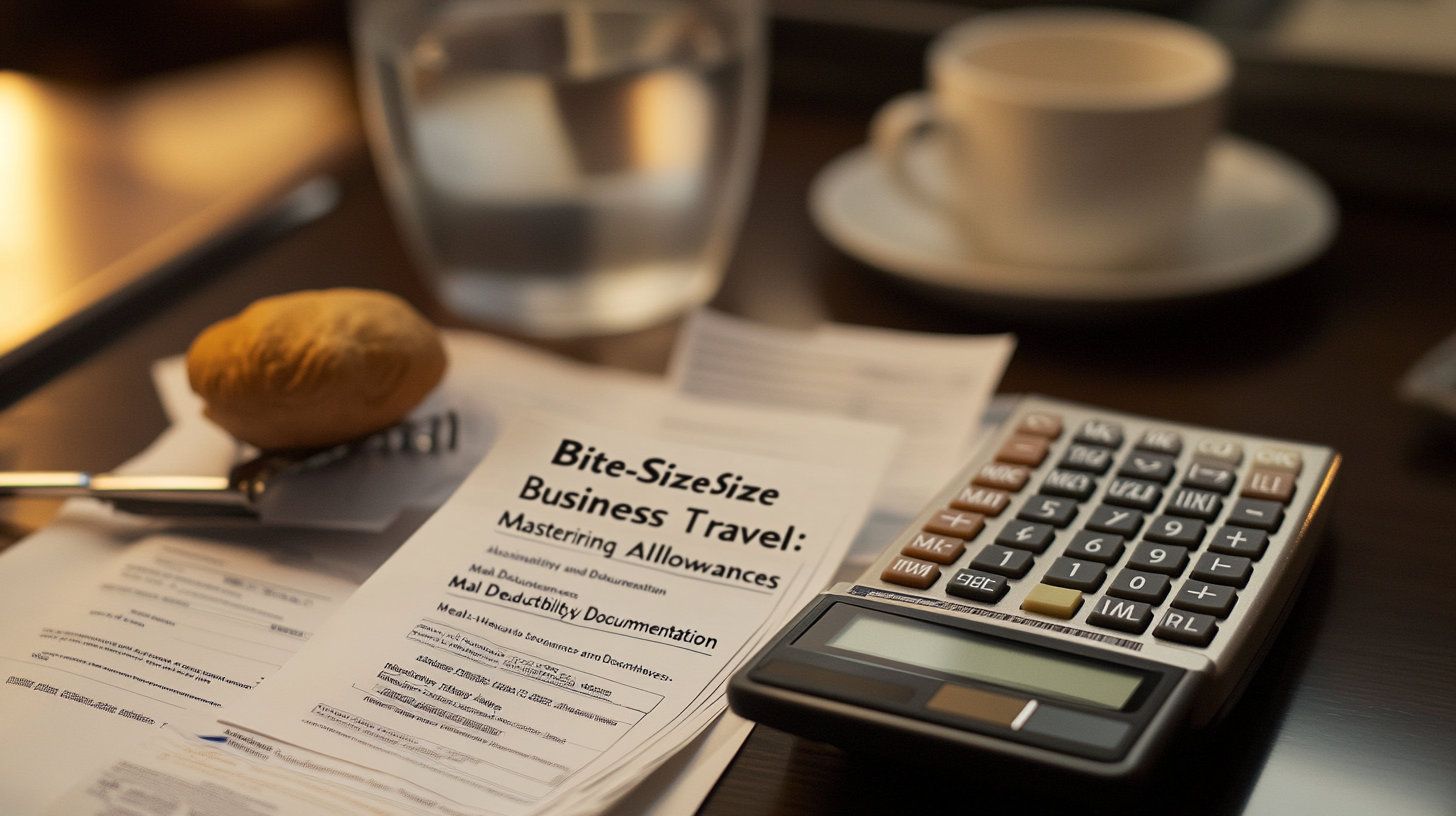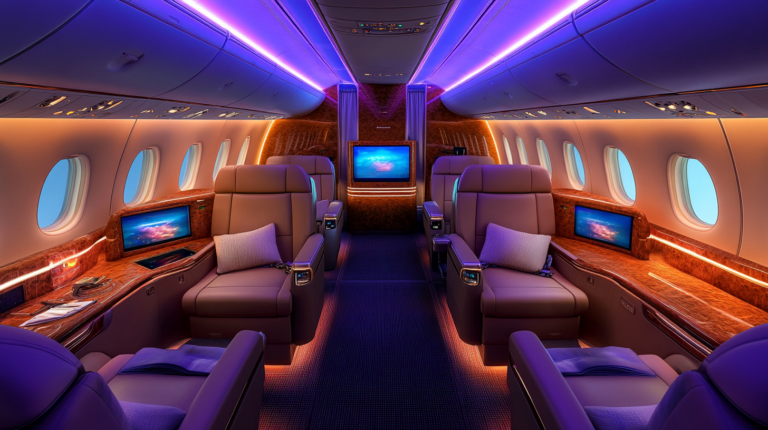Bite-Size Business Travel: Mastering Meal Allowances
For savvy frequent flyers, proper meal allowances can make all the difference between a satisfying business trip and stressful expense reports. Whether it’s a pre-meeting breakfast or a late-night client dinner, understanding how meal reimbursements work can help travelers stay within budget and keep trips running smoothly.
Why Meal Allowances Matter

Meal costs can sneak up fast when traveling for work, especially for those who rack up frequent flyer miles. Without clear guidelines, employees might overspend or miss out on valid reimbursements. A strong policy benefits everyone by ensuring fairness, promoting well-being, and keeping trips focused on what matters most—productive meetings and satisfied clients.
What’s New in 2024 IRS Guidelines

The latest IRS publication sets the 2024 business mileage rate at 67 cents per mile and updates vehicle depreciation limits. On the meal front, the temporary 100% deduction for business meals (available in 2021–2022) has expired, reverting to 50%. This means that while in-flight meals or out-of-town dinner tabs can still be expensed as “ordinary and necessary,” they now qualify for only half the normal deduction. Keeping up with these changes ensures that frequent flyers and their finance teams maintain compliance and let the tax savings keep flowing.
Navigating Per Diem Rates

For a more streamlined approach, many companies turn to per diem meal allowances rather than itemized receipts. Rates are determined by the U.S. Government Services Administration or the State Department, depending on the travel destination. A standard rate covers most of the continental U.S., while roughly 300 non-standard areas—ranging from larger cities to remote locations—are covered by individual rates. International trips often have their own set of guidelines, ensuring travelers are reasonably reimbursed for overseas dining.
Meal Deductibility and Documentation Must-Haves

Staying on the right side of the IRS involves proper paperwork. Meal expenses must serve a clear business purpose, occur away from the traveler’s tax home, and be documented with dates, amounts, and business objectives. While per diem policies reduce paperwork, companies typically require accurate logs of each travel day—even partial ones—to deduct meal costs successfully. Non-lavish spending is key, so those high-end tasting menus may require extra scrutiny.
Keys to Smart Meal Policies

Organizations generally craft policies outlining which meals are covered, any limits on daily spending, and guidelines for partial-day travel. Some companies issue prepaid corporate cards or recommend virtual wallets; others prefer classic reimbursement methods through popular expense management tools like Concur or Expensify. With tasks like client entertainment thrown into the mix, these policies can keep everything consistent, from what’s covered to how it’s taxed.
The Bottom Line

Planning for food costs is an integral part of any business trip. The new IRS guidelines highlight the importance of staying compliant, while per diem rates and careful documentation help travelers and employers stay on track. For frequent flyers, a well-designed meal allowance policy means less worry over receipts and more focus on productive travel.







